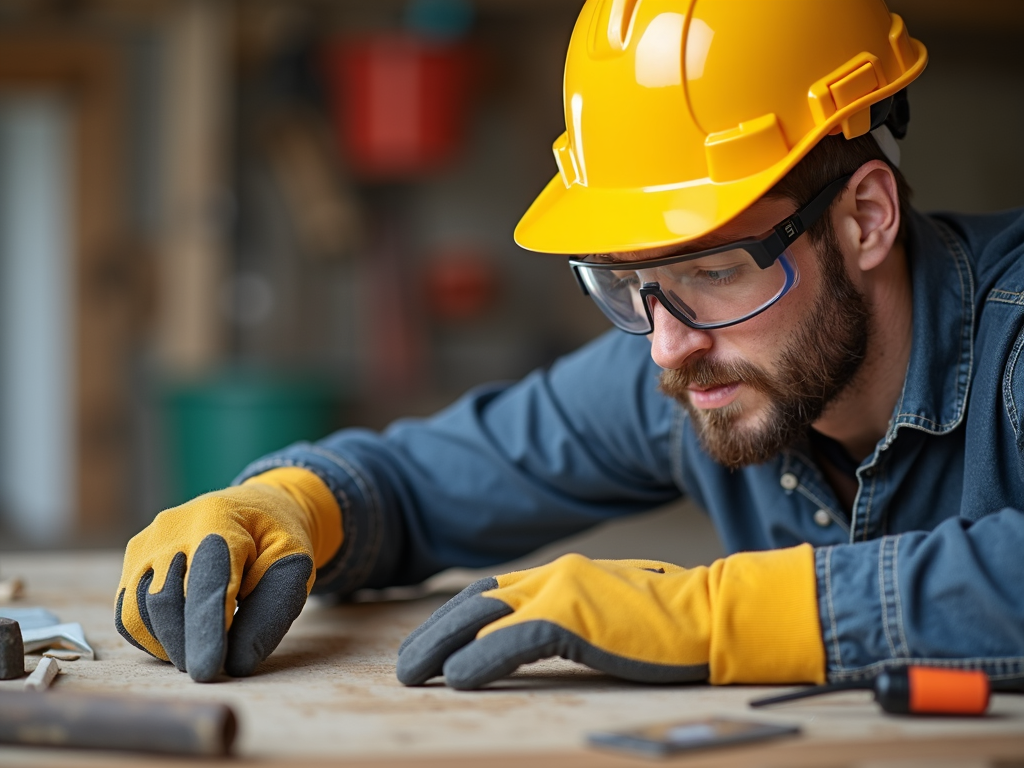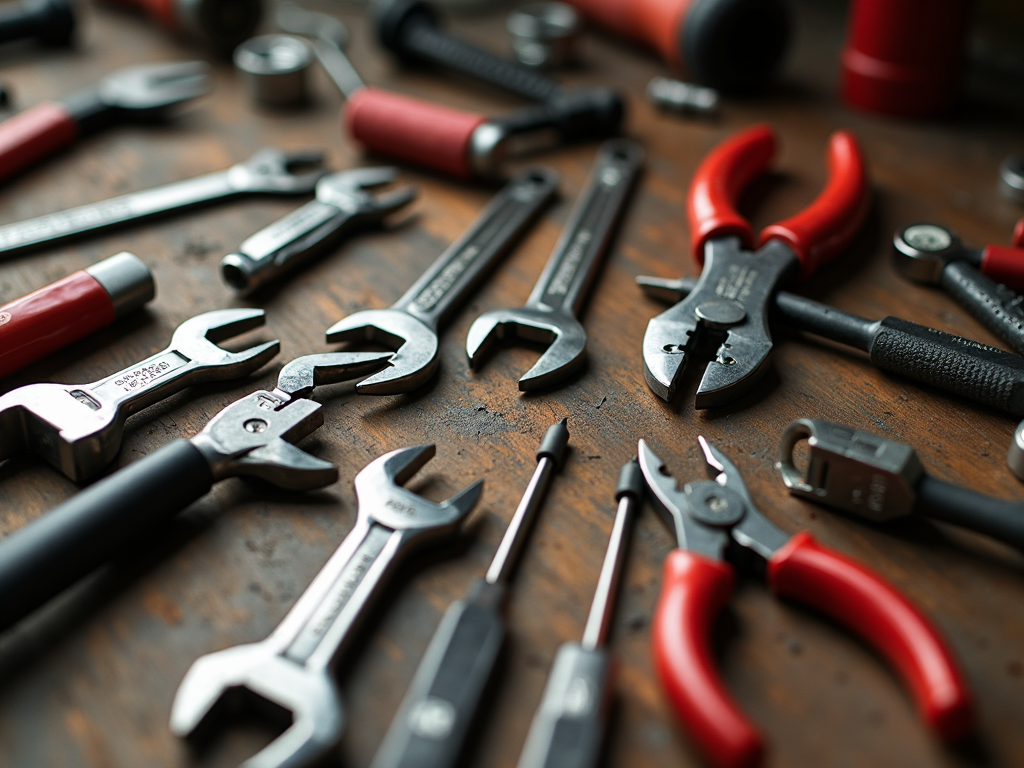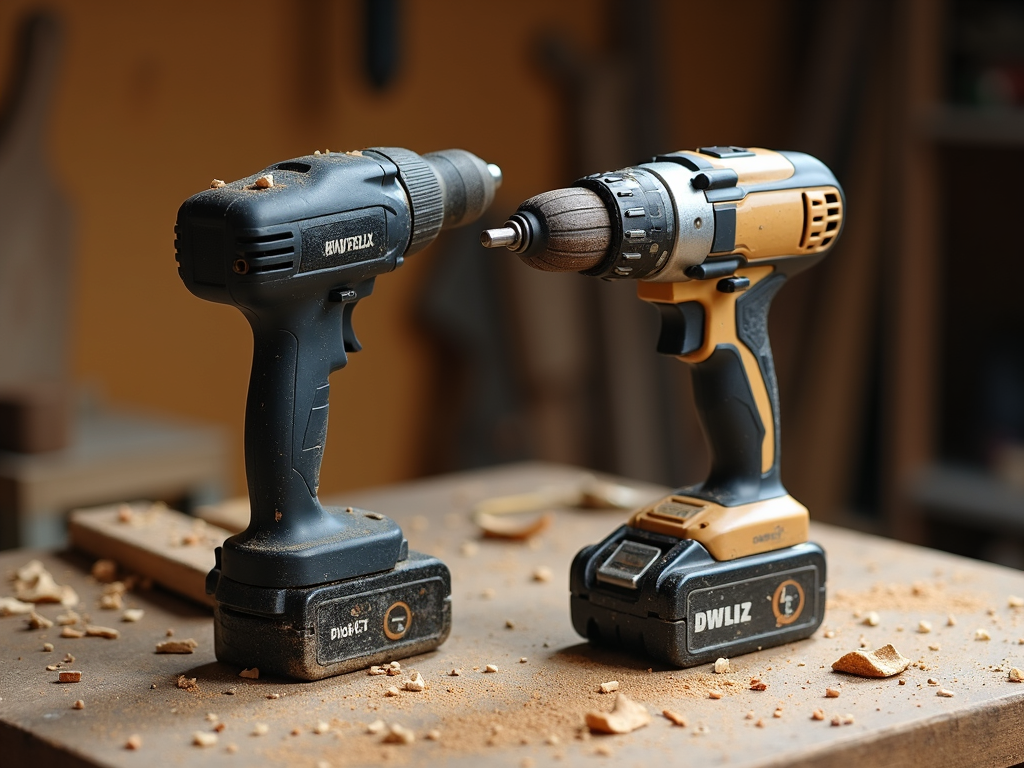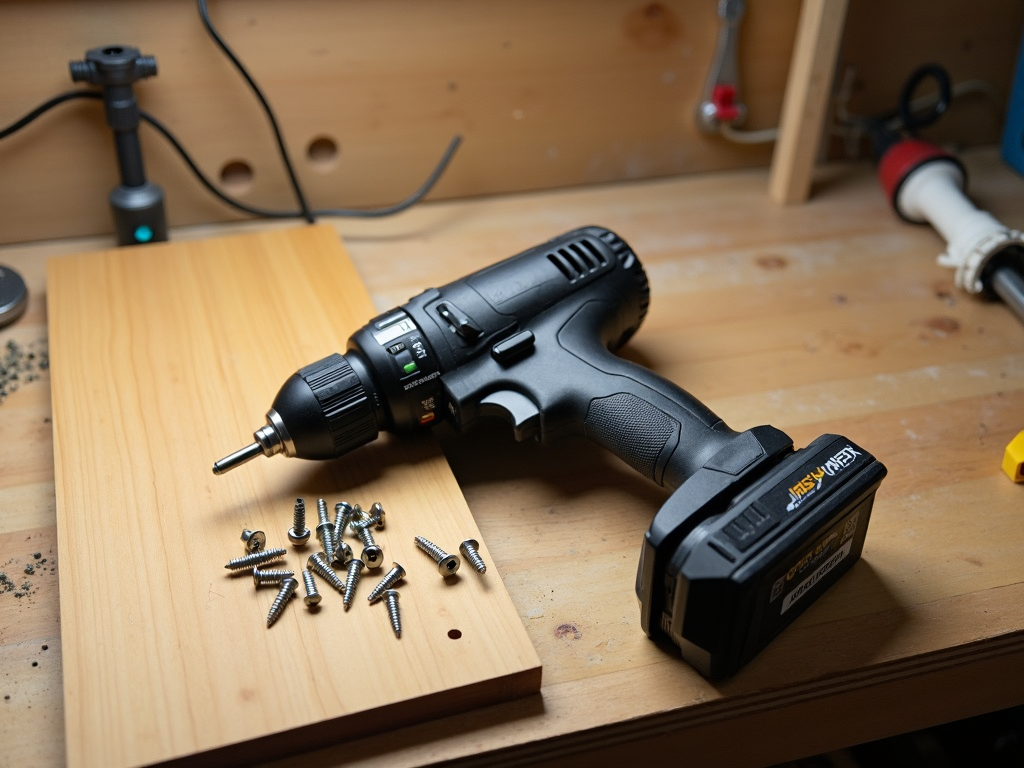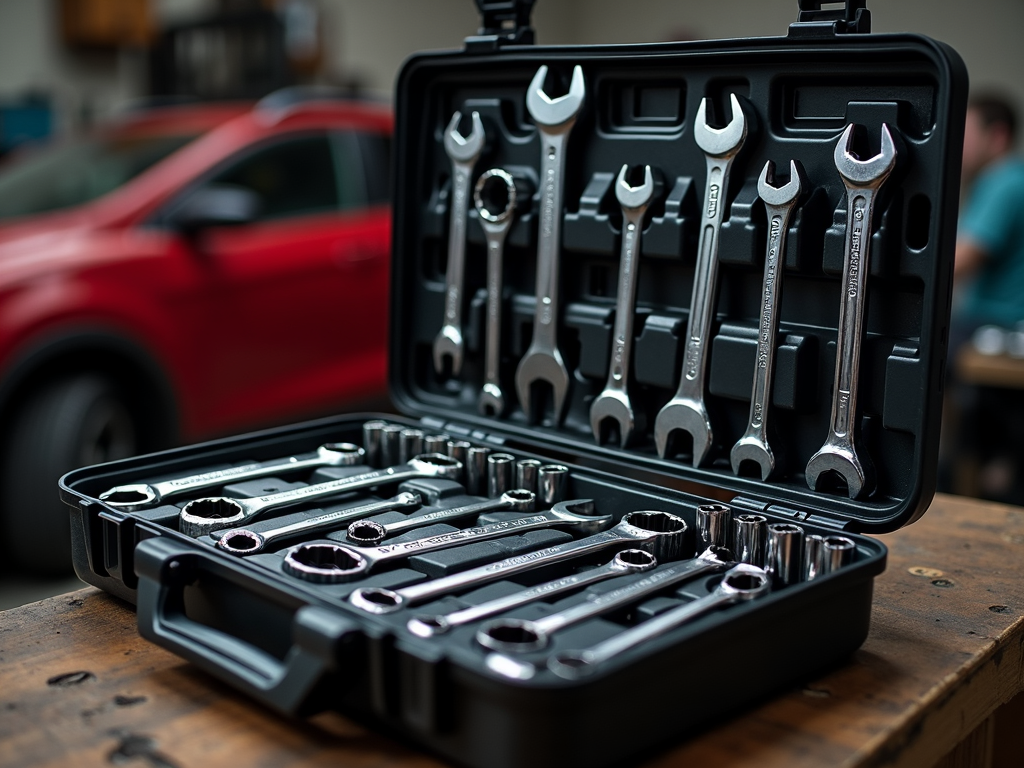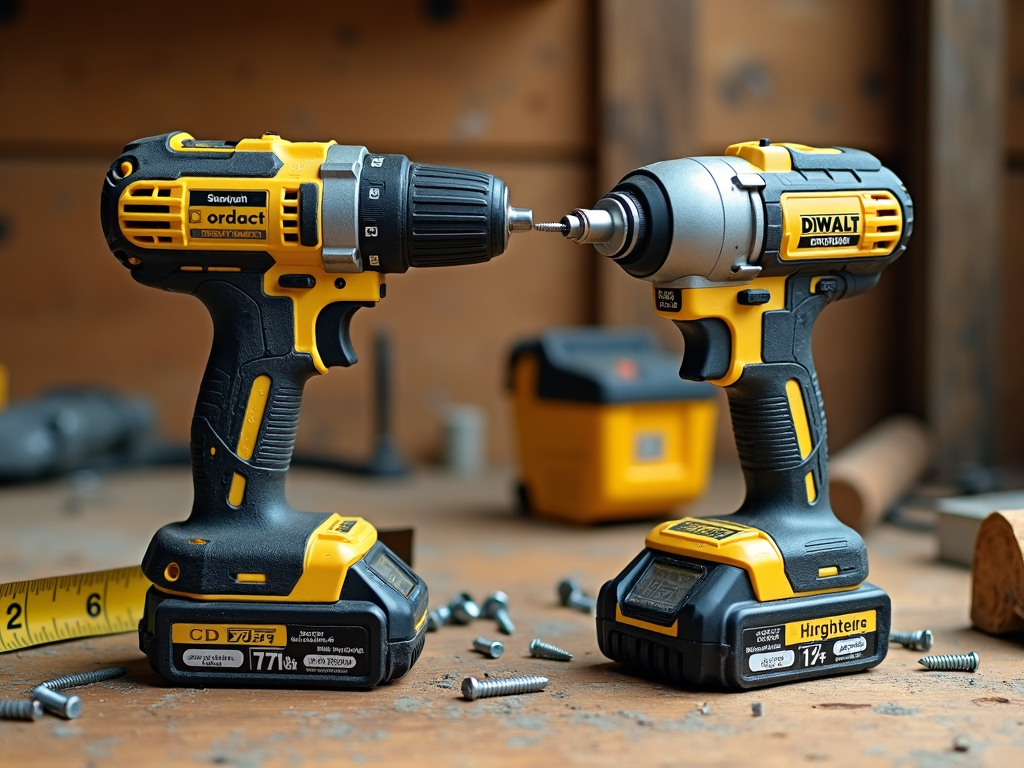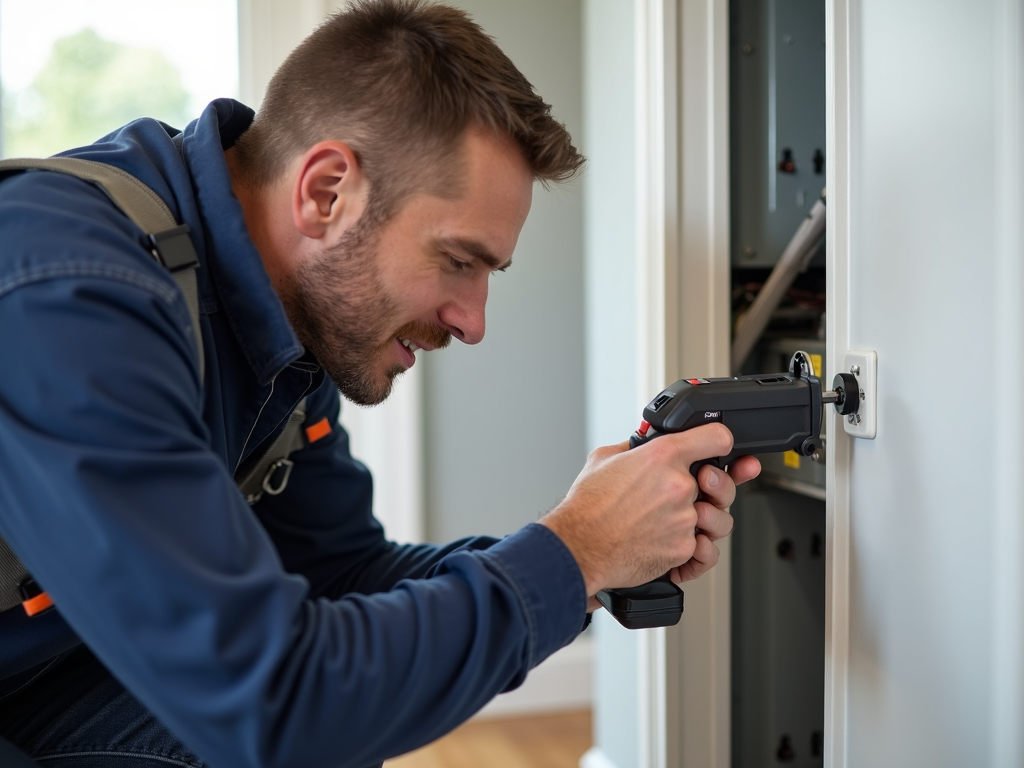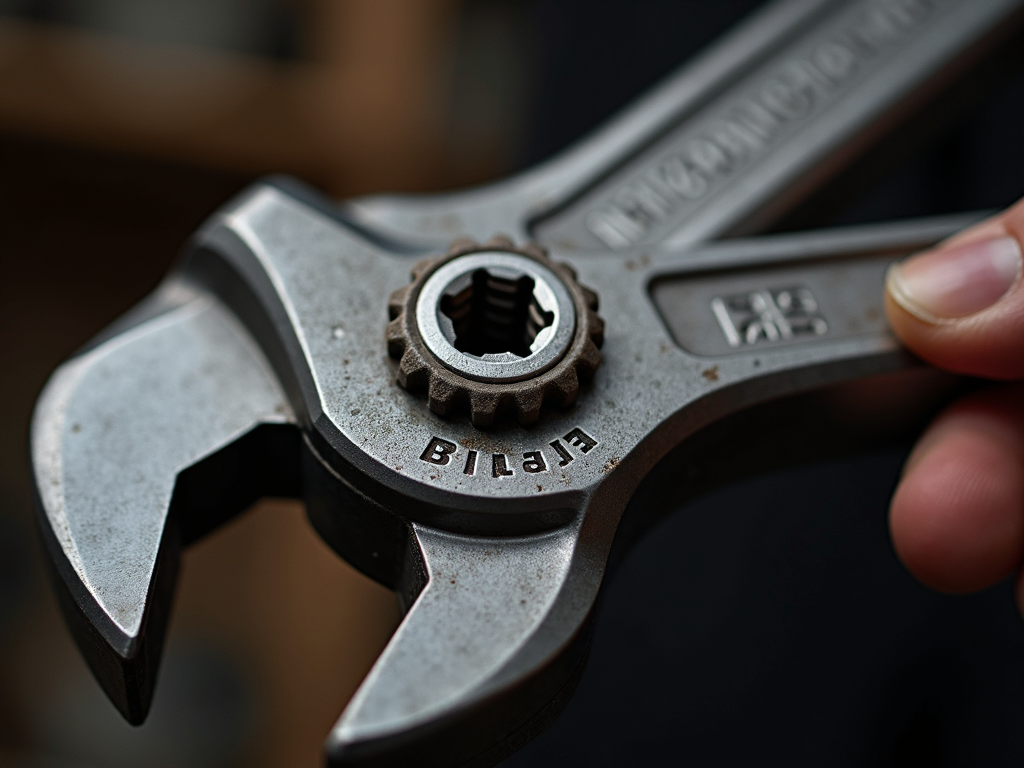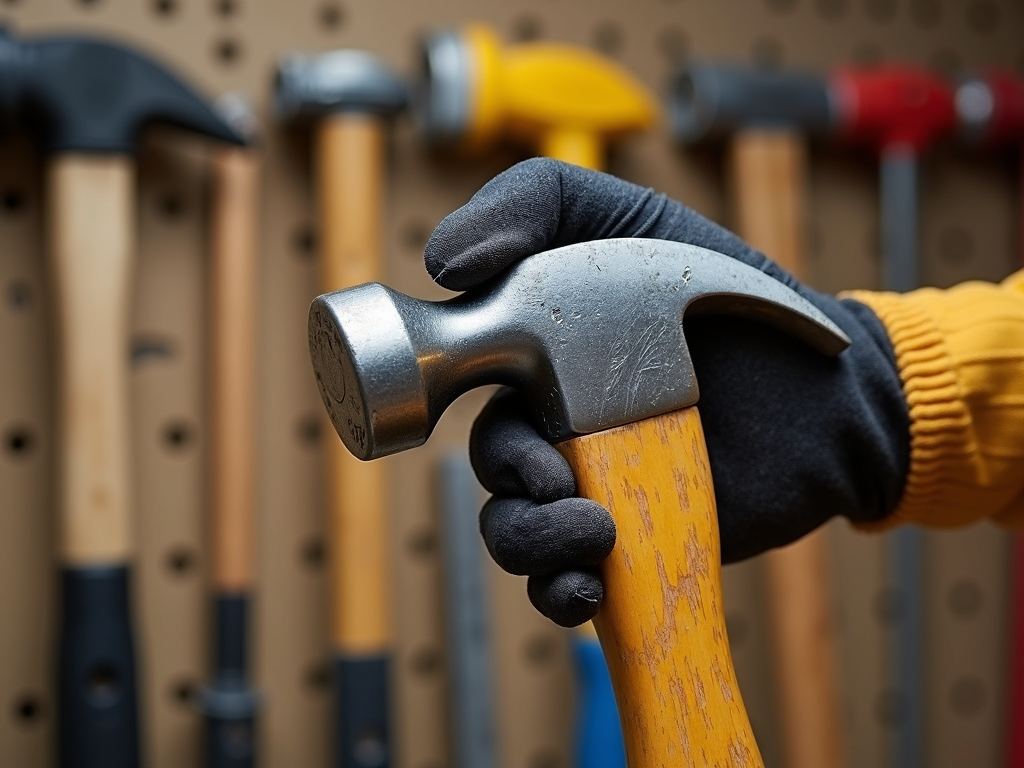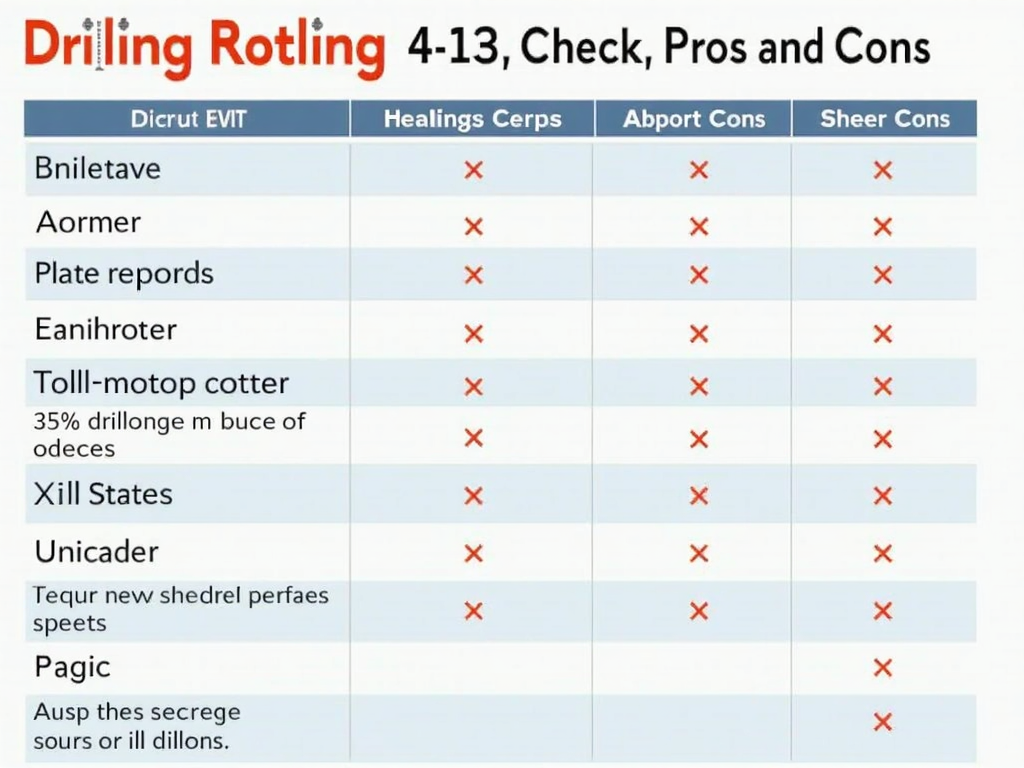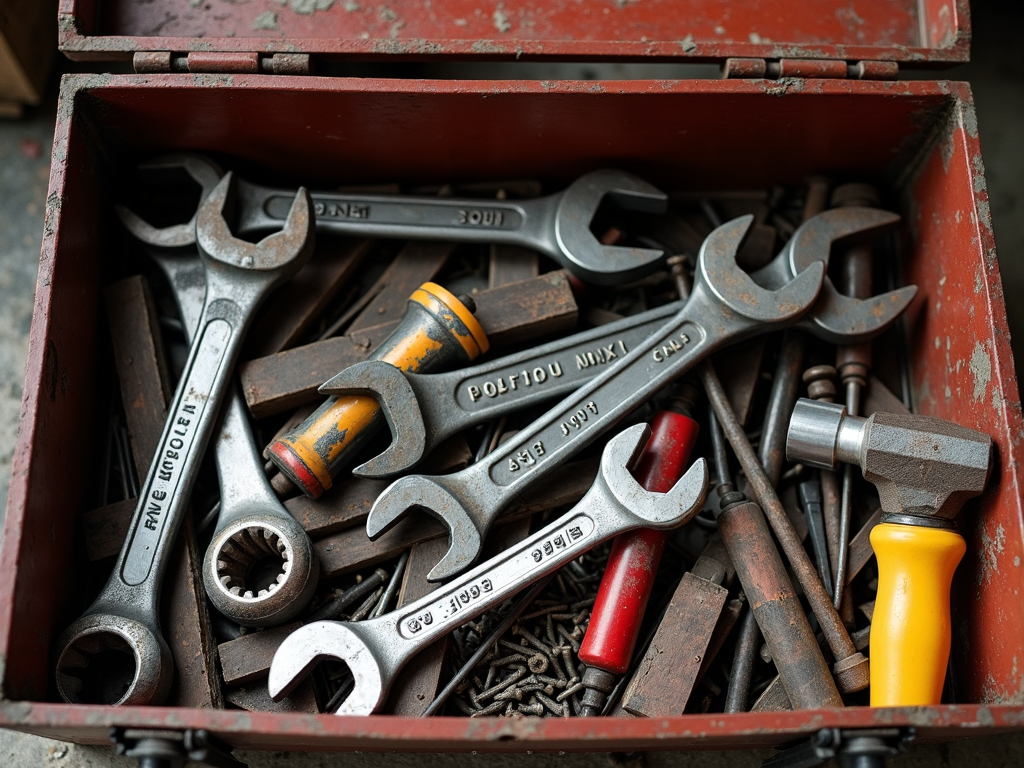Tools are essential for many tasks, from simple home repairs to complex construction projects. However, using tools improperly can lead to serious injuries. According to the Consumer Product Safety Commission, over 100,000 people are treated in emergency rooms each year for tool-related injuries. That's why safety should always be your top priority when working with tools.
In this article, we'll cover everything you need to know about using tools safely and maintaining them for longevity. Whether you're a beginner or an experienced craftsman, these tips will help you work more safely and efficiently.
Essential Tools for Beginners: A Comprehensive Guide
If you're just starting out, it's important to have the right tools for the job. Here are some essential tools every beginner should have, along with tips on how to use them safely:
-
Hammer: A hammer is used for driving nails, breaking objects, and more. When using a hammer, always wear safety glasses to protect your eyes from flying debris. Hold the hammer near the end of the handle for better control, and strike the nail squarely to avoid bending it.
-
Screwdriver: Screwdrivers come in various types, including flathead and Phillips. Choose the right type and size for the screw you're working with. Never use a screwdriver as a chisel or pry bar, as this can damage the tool and cause injury.
-
Pliers: Pliers are versatile tools for gripping, bending, and cutting. There are many types of pliers, such as needle-nose, slip-joint, and locking pliers. Always use the right type for the job, and never use pliers on nuts or bolts, as this can damage them.
-
Tape Measure: A tape measure is essential for accurate measurements. Keep it clean and dry to prevent rust, and retract the tape slowly to avoid injury.
-
Utility Knife: A utility knife is useful for cutting various materials. Always cut away from your body, and replace the blade when it becomes dull to ensure clean cuts and reduce the risk of slipping.
When using any tool, make sure you understand its purpose and how to use it correctly. If you're unsure, consult the manufacturer's instructions or seek advice from an experienced user.
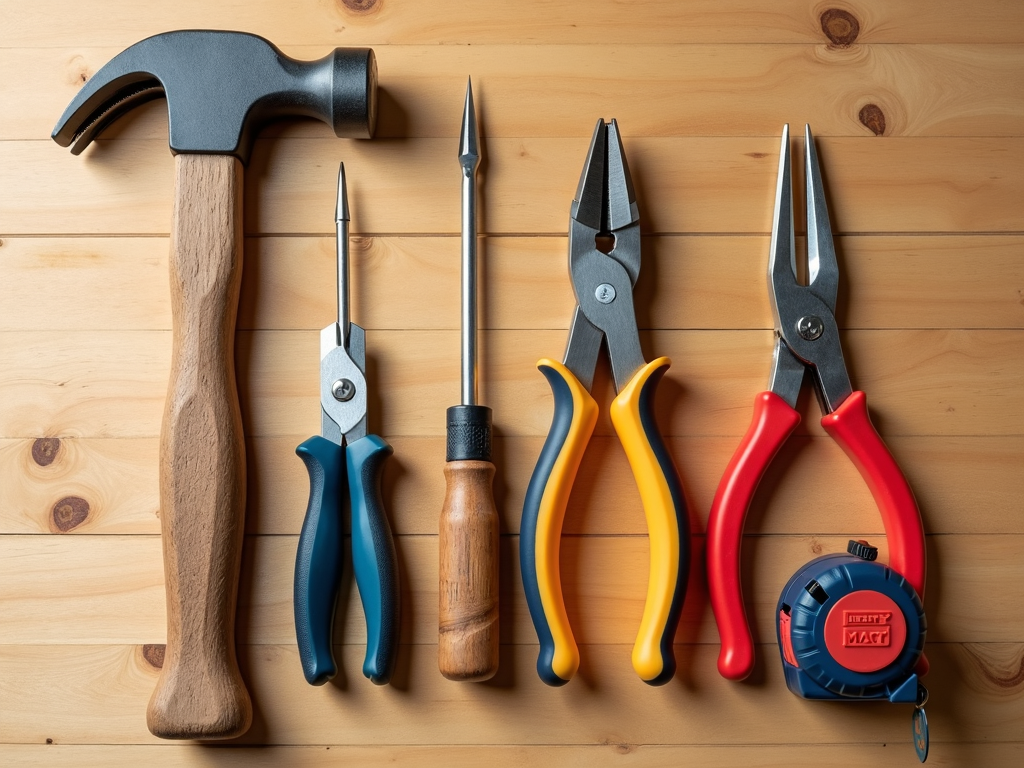
Safety First: Using Tools the Right Way
Here are some key safety tips to keep in mind when using tools:
-
Wear Appropriate Safety Gear: Always wear safety glasses to protect your eyes, gloves to protect your hands, and hearing protection if using loud tools. Depending on the task, you may also need a hard hat, steel-toed boots, or other protective equipment.
-
Keep Your Work Area Clean and Organized: A cluttered work area can lead to accidents. Keep your tools organized and put them away when not in use. Sweep up debris and ensure good lighting.
-
Use Tools Only for Their Intended Purpose: Using a tool for something it wasn't designed for can damage the tool and cause injury. For example, don't use a screwdriver as a chisel or a wrench as a hammer.
-
Inspect Tools Before Use: Check for any damage, such as cracks, loose parts, or worn-out components. Replace or repair any damaged tools before using them.
-
Never Use Tools While Impaired: Avoid using tools if you're tired, under the influence of drugs or alcohol, or otherwise impaired. Your judgment and coordination may be affected, increasing the risk of accidents.
-
Keep Tools Out of Reach of Children: Store tools in a secure location where children cannot access them. Teach children about tool safety and supervise them closely if they are using tools.
By following these safety tips, you can significantly reduce the risk of accidents and injuries.
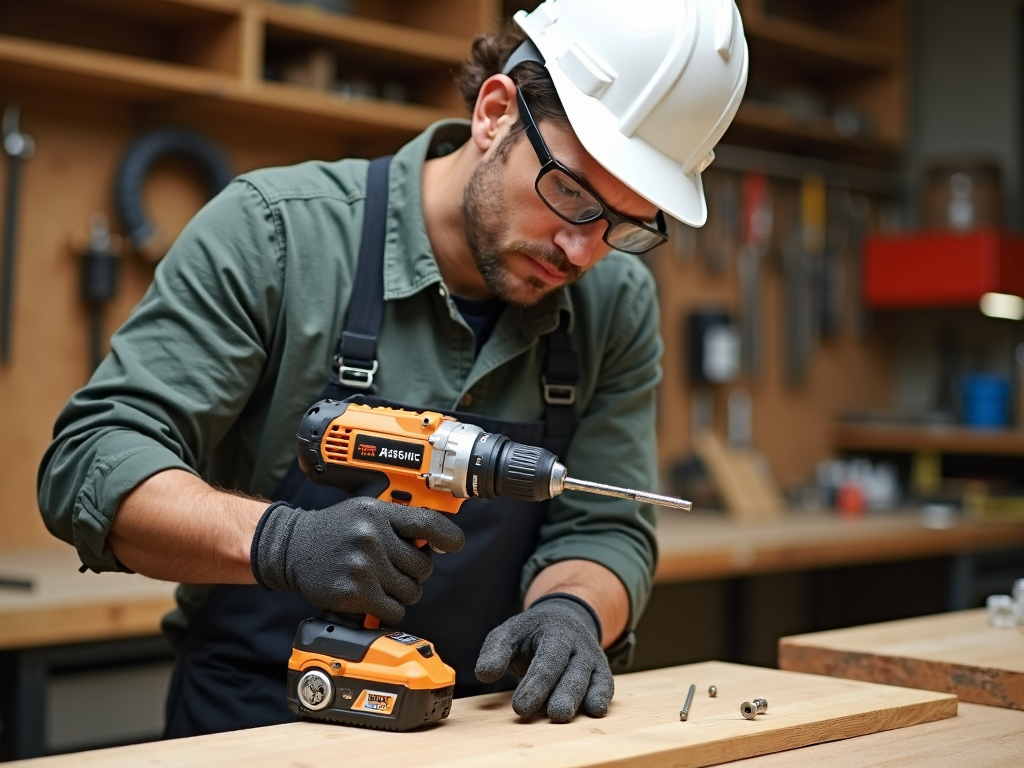
Advanced Tool Maintenance Techniques
Proper maintenance is key to extending the life of your tools and ensuring they perform at their best. Here are some advanced techniques for maintaining your tools:
-
Cleaning: Regularly clean your tools to remove dirt, grease, and debris. For most tools, a mild detergent and water will suffice. Dry them thoroughly to prevent rust.
-
Sharpening: Keep cutting tools sharp for better performance and safety. Use a sharpening stone or file for blades, chisels, and other cutting tools. Follow the manufacturer's instructions for the correct sharpening angle.
-
Lubricating: Apply lubricant to moving parts to prevent rust and ensure smooth operation. Use a light machine oil or a specialized lubricant for tools.
-
Storing: Store tools in a dry, cool place to prevent rust and damage. Use toolboxes, pegboards, or wall-mounted racks to keep them organized and easily accessible.
In addition to these general techniques, different types of tools may require specific maintenance. For example:
-
Power Tools: Check the power cord for damage and clean the ventilation slots to prevent overheating. Lubricate moving parts as recommended by the manufacturer.
-
Hand Tools: Wipe down hand tools after each use and apply a light coat of oil to prevent rust. Store them in a dry place.
-
Garden Tools: Clean garden tools after each use to remove soil and moisture. Sharpen blades regularly and apply oil to prevent rust.
-
Woodworking Tools: Keep woodworking tools sharp and store them in a dry place. Use silica gel packs or a dehumidifier to control humidity in your workshop.
By taking the time to maintain your tools, you'll not only extend their lifespan but also improve their performance and safety.
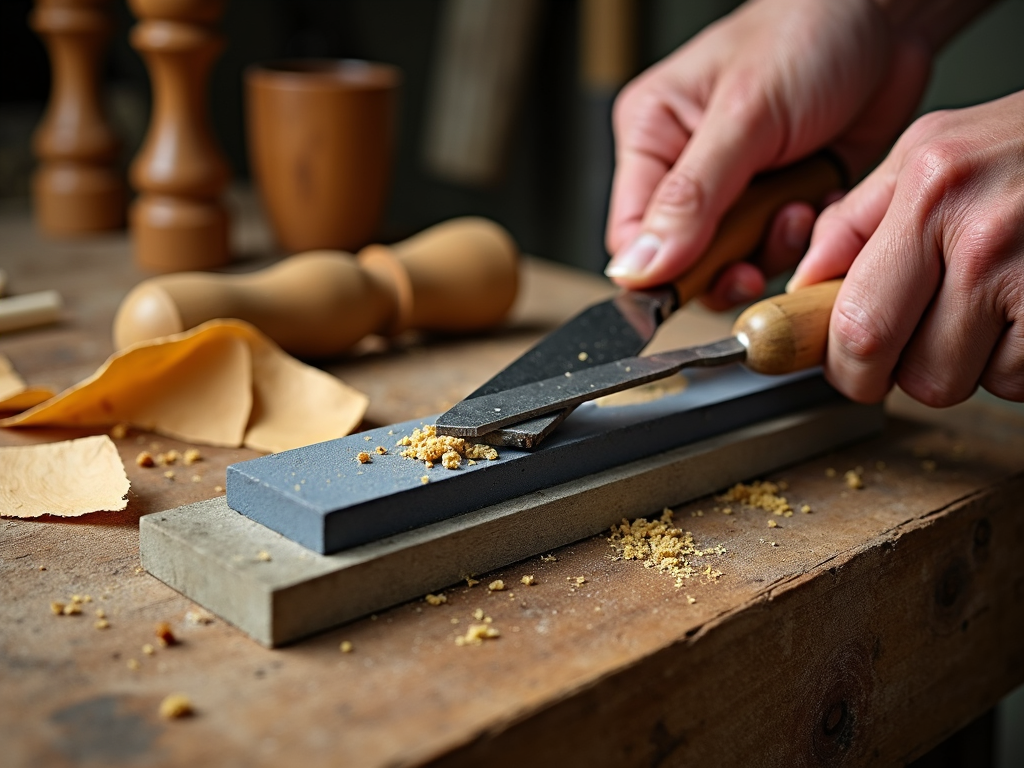
How to Maintain Your Tools for Longevity
To ensure your tools last as long as possible, follow these maintenance tips:
-
Regular Inspections: Periodically inspect your tools for signs of wear or damage. Address any issues promptly to prevent further deterioration.
-
Proper Use: Use tools only for their intended purpose and within their capacity. Overloading or misusing tools can cause premature wear.
-
Timely Repairs: If a tool is damaged, repair it as soon as possible. Delaying repairs can lead to more extensive damage or safety hazards.
-
Professional Servicing: For complex tools or those with electrical components, consider professional servicing to ensure they are maintained correctly.
Remember, well-maintained tools are safer, more efficient, and more enjoyable to use.
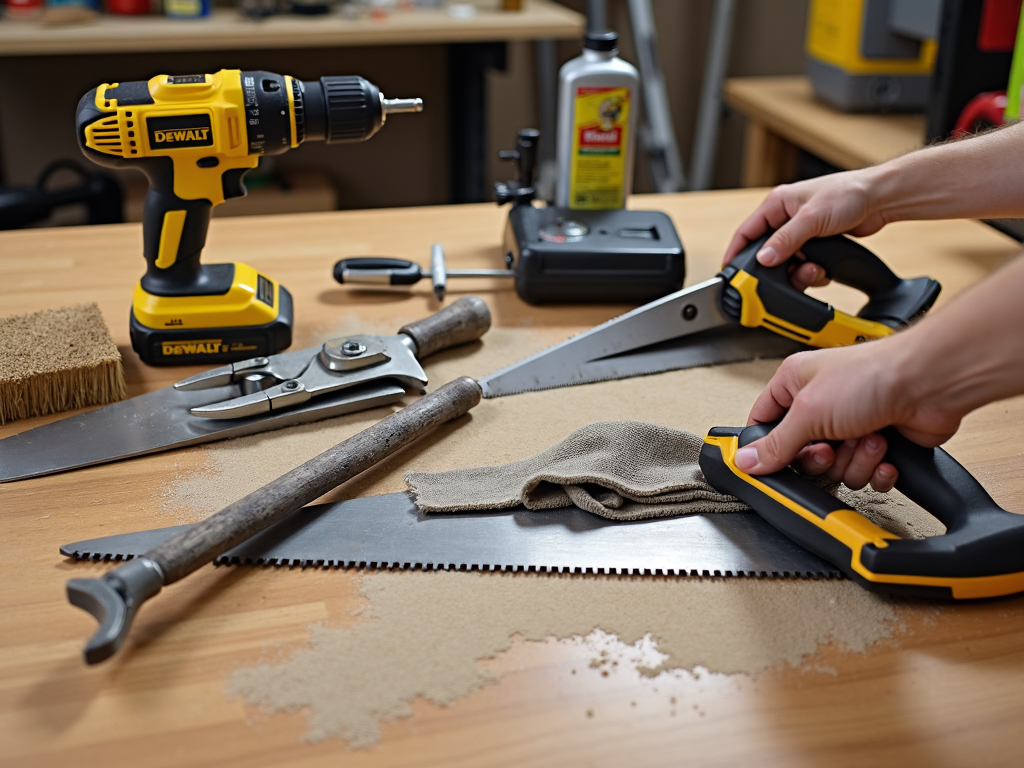
In conclusion, using tools safely and maintaining them properly are essential skills for any craftsman. By following the tips and techniques outlined in this article, you can work more safely, efficiently, and effectively. Remember, safety first!
Related Safety First: Using Tools the Right Way:
- DIY Safety: Tips to Avoid Common Mistakes
- Workman Tools for Plumbing Projects: A Comprehensive Guide
- The Evolution of Power Tools: From Manual to Modern
- A Beginner’s Guide to Different Power Tool Types
- Essential Tools for Every DIY Mechanic: A Comprehensive Guide
- Cordless Drills vs. Impact Drivers: What’s the Difference?
- Ergonomic Workman Tools for Comfort: A Comprehensive Guide
- How to Care for Your Workman Tools: A Comprehensive Guide
- Maintenance Tips for Your Construction Tools: A Comprehensive Guide
- Easy DIY Builds to Start Today: A Beginner's Guide to Fun and Practical Projects
- Mastering Metalworking: The Ultimate Guide to Power Tools
- How to Organize Your Toolbox for Maximum Efficiency
